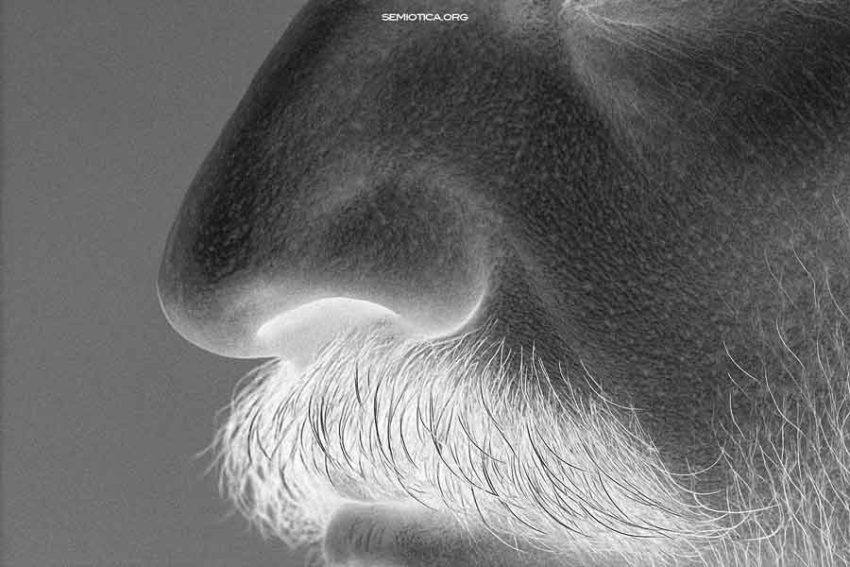Is myth still relevant to everyday life? Can we say that myth still lives among us, though perhaps in altered forms? Even in the twenty-first century it remains an enigma for researchers, a phenomenon that has been examined through the lenses of ethnography, literary theory, philosophy, psychology, religious studies, and anthropology. In the mid-twentieth century, however, semiotics established a distinctive approach to the study of myth, opening a new perspective that still shapes current debates.
From Claude Lévi-Strauss’s structural analysis onward, semiotic research on myth developed along three main directions. The first concerns the mythological narrative, explored by Lévi-Strauss, Greimas, Toporov, Freidenberg, and Kyryliuk. The second examines myth in everyday life, inaugurated by Roland Barthes and later continued by Floch and Danesi. The third focuses on mythological consciousness, central to the Tartu–Moscow school through the works of Lotman, Uspenskij, Ivanov, Meletinskij, and Mamardashvili with Piatigorsky. Within this field, Lyudmyla Zaporozhtseva (University of Tartu) seeks to clarify two fundamental issues: the distinction between mythemes and mythologemes as internal structural units, and the ways in which these can be applied to mass culture as markers of its mythic functioning.
Barthes, considered the founder of the semiotics of contemporary myth, described mythologies as secondary connotative systems, following Hjelmslev’s theory of connotation. Yet in his analyses of advertisements, food, cinema, and political discourse, he never clearly separated mythology from ideology, often treating them as synonyms. A later clarification proposed by Jorge Larraín suggests that ideology seeks to adjust social contradictions, while myth attempts to reconcile the gap between human beings and nature. The distinction remains debatable, but it aligns with Barthes’s famous definition of myth as the “overturning of culture into nature”, the transformation of historical and social products into what seems “natural”, “Common Sense”, or “Right Reason”.
In mass culture, the environment in which myth arises has changed profoundly. The urban mosaic of contemporary life challenges the ancient unity of space and time — the mythic chronotope. Barthes himself observed that “contemporary myth is discontinuous. It is no longer expressed in long fixed narratives but only in discourse; at most, it is a phraseology, a corpus of stereotypes.” Myth therefore resists being reduced to a single structure or algorithm. It persists as fragments, slogans, and stereotypes, circulating through media and consumer practices.
From a semiotic perspective, this discontinuity makes the analysis of structural units essential. If myth no longer presents itself as an entire narrative, it can still be recognized through its recurring elements — those minimal components that preserve its internal organization. These components, the mythemes and mythologemes, form the framework within which contemporary culture reproduces ancient mythic logics.
Rather than offering a global theory of myth, Zaporozhtseva’s study focuses on how these structural units function within mass-cultural discourse. By tracing them, it becomes possible to understand how modern narratives — in advertising, entertainment, and popular media — continue to naturalize meaning and transform contingent social realities into apparently universal truths. Through the smallest units of structure, the mythic persists: fragmented yet active, discontinuous yet profoundly rooted in the collective imagination.
Reference: Lyudmyla Zaporozhtseva, Mythologemes and mythemes: Semiotic markers of myth in contemporary mass culture. Department of Semiotics, University of Tartu.
